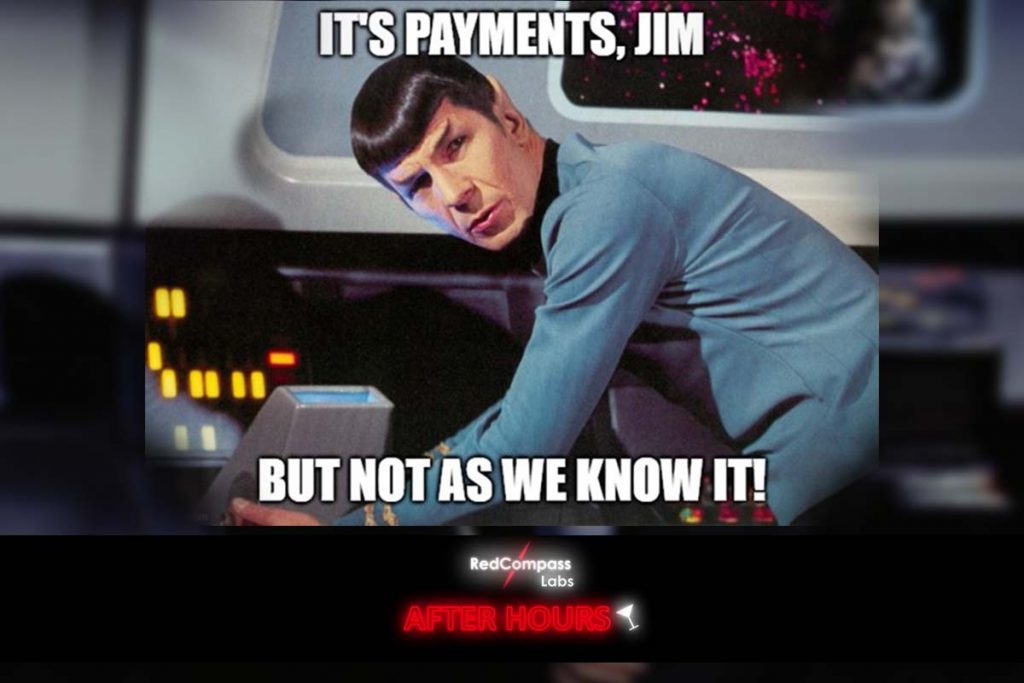Central Bank Digital Currency or CBDC is a form of digital currency that the central bank of a country would generate. Digital currency simply refers to the electronic form of a currency rather than the physical paper or metal coins. CBDC, as the name suggests, is controlled by the Central Bank or the Monetary authority in a country. Examples of Central Banks are – Bank of England (UK), Federal Reserve (USA), Reserve Bank of India (India), Bank of Japan (Japan).
Let us begin with understanding the key aspects of a monetary system.
Fiat and Commodity Currencies
A fiat currency is a type of currency that is declared as a legal tender by a government and is not backed by any physical commodity (e.g., Gold or Silver) or any financial Instrument. Legal tender means that the money is backed by the “trust” in the government that has issued it. Such legal tenders, when produced in a digital form, would refer to Digital Currency.
Unlike the Fiat currency, commodity currencies are linked to valuable commodities like Gold, Silver, grain, or even fur and other animal products. They preceded the current fiat system.
Central Banks and Currency Issuance
Central Banks are the prime monetary authority in a country that takes care of a lot of financial responsibilities. These include:
- Currency Regulator or Issuer,
- Custodian of Cash reserves,
- Clearing house for transfer and settlements of payments,
- Lending, and
- Protecting depositor interests by regularly introducing policies that would enable a stable financial market in a country.
Currency Issuance refers to the act of introducing paper and coin money in the financial market. Issuance of currency is regulated by monetary policies, interest rates, and setting bank reserves. And that is one of the reasons a central bank just cannot keep on printing more money and introduce it in the market. Thus, central banks control the money in circulation to achieve economic stability and to achieve the economic objectives for the fiscal year.
Fact: Initially, countries aligned printing money with the amount of gold reserve they had, but this ended in 20th century and central banks could decide how much money to print.
What exactly is CBDC and what is all the fuss about?
As financial technology is advancing, central banks have been looking at further strengthening and reaping the technology benefits for its currency issuance and management tasks. CBDC is one such function that gives the central banks a secured, faster, cheaper, and robust way to handle its currency. CBDC has created quite a stir in the recent times because of these unique qualities. If you want to still further define CBDC, IMF has described CBDC as a digital representation of sovereign currency issued by a central bank or monetary authority intended to serve as a legal tender. Because it is backed by the Central bank or the monetary authority, it clearly has an edge over other privately introduced digital currencies.
There are 2 models that CBDCs usually operate in:
- Wholesale CBDC
- Retail CBDC
Wholesale and Retail CBDCs
The Wholesale CBDC model involves payment transfers and settlements between financial institutions. Financial institutions or banks would have access to the digital money that the Central Bank has to offer as CBDC. Since the form is now digital, there are of course advantages associated, which can be listed as below:
- Payments and settlements are highly secure as they need a permissioned blockchain network for participation.
- Ability to provide Real-Time and High-Availability operations.
- Seamless Cross-Border Payments and Correspondent Banking. A very recent example of this is the Project Icebreaker, where Central Banks of Israel, Norway, and Sweden are teaming up with BIS (Bank for International Settlements) for international retail CBDC Payments.
One advantage of wholesale CBDC is that it is available to a lot of different participants than just domestic commercial banks. Thus, giving non-banking PSPs a chance to easily participate in CBDC payments which in turn will lead to greater competition and harmonization between FIs and NBFIs (Non-Banking Financial Institutions).
The Retail CBDC Model, on the other hand, focuses on individuals and general consumers. Key advantage of retail CBDC is that there is no third-party involvement and there is a direct connection with the Central Bank even for the average consumer. There are 2 means of accessing retail CBDCs – the Digital Token issued by the central bank and deposit accounts held at the central bank. The digital token could only be issued by a central bank and hence has total control over it.
What separates CBDC from the regular Crypto currencies?
Unlike the Crypto-Currencies, CBDCs rely on permissioned Blockchain network (or DLT – Distributed Ledger Technology) participation, which is regulated by the Central Banks and hence are highly safe and robust.
Figure 1 illustrates the digital ecosystem with Central bank at its heart. It also can be referred to as a canopy with Central Bank connecting to all the digital components with the help of APIs. API stands for Application Programming Interfaces that allow two different programs/applications to interact with each other. APIs are setting the base of communication for Open Banking in the Financial ecosystem.
Cross Border Payments with multi-CBDCs
When one or more CBDCs come together to form a closed network in order to send/receive transactions, they form a multi-CBDC network. Infrastructures like Multi-CBDCs, when interconnected, will pave the way for faster cross border settlements between these platforms. These Cross-Border payments would then be effectively settled over the domestic systems. Also, availability of these platforms to all kinds of intermediaries (Banking or Non-Banking) will open a whole new world of opportunities for faster Cross-Border settlements. This can also be viewed as a stronger integration between Wholesale and Retail CBDCs.
For Implementation of Cross Border Payments using CBDCs, especially when there are two currencies involved, the different Central Banks take part in the regulation of the platform. DLT provides a simple solution in this regard where trusted notaries manage the shared ledgers and Central banks naturally become the key candidates for regulation.
Industry acceptance and implementations
- Digital Yuan or E-CNY: China has already launched the digital Yuan and is currently in its beta phase of implementation. It has been released for usage in China across 23 cities where users can register and do the transactions in E-CNY. Even e-commerce platforms like Alibaba have integrated E-CNY payment methods on their applications.
- Project Sand-dollar by The Bahamas: The central bank of the Bahamas have issued a digital version of its Bahamian Dollar (B$). This digital version is also known as the Sand Dollar. The Sand Dollar is available for both wholesale and retail applications.
Risks and mitigation:
Potential risks of CBDCs can be classified as below:
- Operational risks and Cybersecurity: It’s very important that the technology and infrastructure of the CBDC is robust and has a high degree of defense mechanisms in place to prevent any cyber-attack.
- Private information risks: Information about users and transactions would be available easily across the network and thus CBDCs need to be compliant with all the Anti-Money Laundering (AML) regulations.
- Structural changes to financial market: CBDCs would mean that there would be less reliance on domestic banks and to mitigate this, and thus the CBDCs need to be kept out of bank products (e.g., interest deposits) to make domestic banks relevant.
Conclusion
As a foundation for any economy, a monetary system has significant responsibilities to ensure trusted and safer handling of payments and its transfers. CBDCs are paving the way to ensure that trust is intact, and with that we are also moving towards a futuristic payment ecosystem with inclusion for all kinds of participants. With recent events highlighting the complexities and structural flaws in the cryptocurrencies that lead to stability and integrity issues, it becomes important to shift our focus towards highly regulated business cases of Blockchain. With understanding CBDC, what we have started with is just a beginning. There are tremendous implementations and business cases that can be planned with a digital-payments ecosystem.
Share this post
Resources







